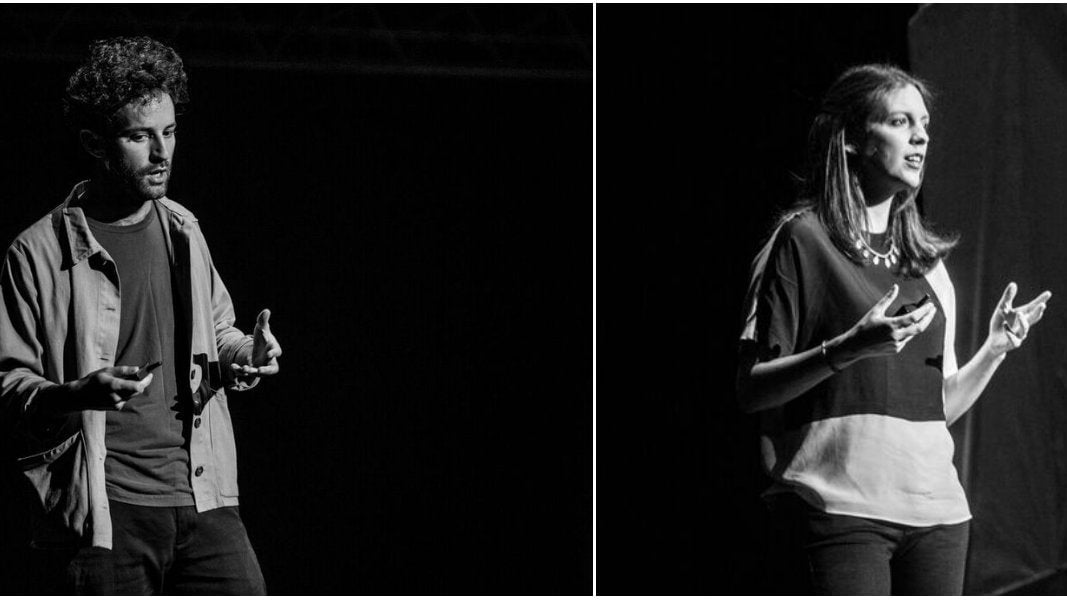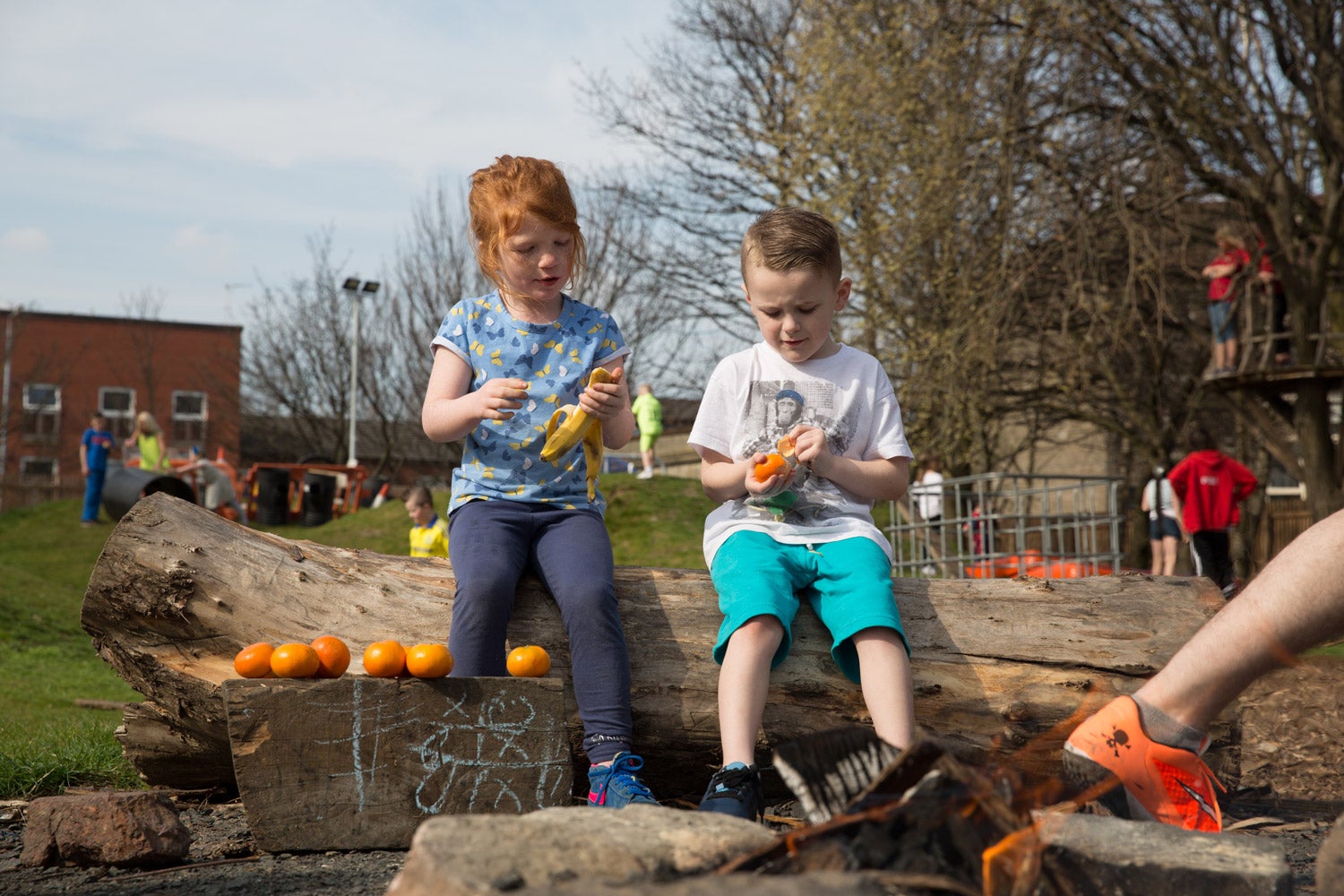Turner prize-winning architects explain why finishing a project doesn’t mean the work is over
Cape Town, South Africa


Cape Town, South Africa
An adventure playground in Glasgow. A space for metal and woodwork in London. A Victorian bath house turned into an art gallery.
These are just a few projects executed by Assemble, a British art, architecture, and design collective that won the prestigious 2015 Turner prize. In a world of increasing specialization, Assemble makes use of a broad skill set and cross-industry collaboration to tailor new spaces to the communities they serve.
At this year’s Design Indaba conference, Paloma Strelitz and James Binning told the audience that their work attempts to create user-empowering spaces. The pair, representing 16 other members of the collective, are architects but their work extends beyond the planning and design of buildings. One of their notable projects is the Baltic Street Adventure Playground, which looks more like a junkyard than a typical park. It is designed to encourage risk-taking and independence, and local kids participate in the development of the space and its management.
Quartz spoke to them about their process, and how to create spaces that empower, not just awe. This interview has been edited for length and clarity.
After you complete a project, how do you go back and measure its effectiveness?
Binning: In the projects we set up in Blackhorse Road [the workshop] or the project in Baltic Street [the playground], we’re an ongoing part of that organization to ensure there is continuity. The role doesn’t just end with completion of design.

Baltic Street Playground allows children to be independent and take risks.
How do you determine if Baltic Street is giving the kids what they need?
Strelitz: It’s precisely not something that is scientifically measurable. It’s something that makes values difficult to equate.
Baltic Street Adventure playground, for many of those children, it’s an antidote to their experience of school and their home lives because it’s a space where a different set of rules apply. It’s a small enough environment, where in another context if they throw mud, they’ll get suspended or they’ll get detention, but here they’re encouraged to as long as they’re not hurting anyone.
In a lot of the projects are a set of values about how we live our lives in cities that are much harder to calculate and perhaps that’s why they sit in this blurry boundary between art and architecture.
Binning: You can go to Baltic Street and see there are 150 children registered to use it regularly. You can go to Blackhorse and there are so many monthly members. Each project has its community; if you go to one of our projects middle of the week at a time when it should be busy and there’s nobody, that’s a way of kind of measuring it.
But generally speaking, that’s also part of the reason why it’s important to have an ongoing involvement in the spaces to understand when something might need to change in the way that it’s designed and arranged.
Strelitz: Architecture is a long, long process. Traditionally, the architect leaves when the building is complete. But the building is only the start of the project in any case.

It sounds like you’re doing a number of jobs in addition to design and development. What are the most important skills that you possess as opposed to traditional architects?
Strelitz: I dont think we have any different skills. I think we’ve created a space where we’re able to be more elastic ,where we can use the skills that we have.
Binning: Architectural education is extremely broad. It encompasses ideas about policy and economics. Lots of things shape the way buildings get made or decisions about the type brief for the building that gets made. It’s something you have to begin to come to terms with in the process of becoming an architect.
In some ways, it’s no departure from the way that we were taught to apply these things. It’s just maybe that the traditional role of the architect has become a more specific and narrow one, which is in line with the way many professions have become more specialized.
Assemble encompasses a broad range of people who really aren’t architects and approach things from a very different perspective, which has been really interesting way of working over the last few years. It really is closer to the sort of a broader idea in the way you might work. You might start with making something on site and be more hands on. Or you do a sketch and you work it out as you go along, which is a process which we really enjoy.